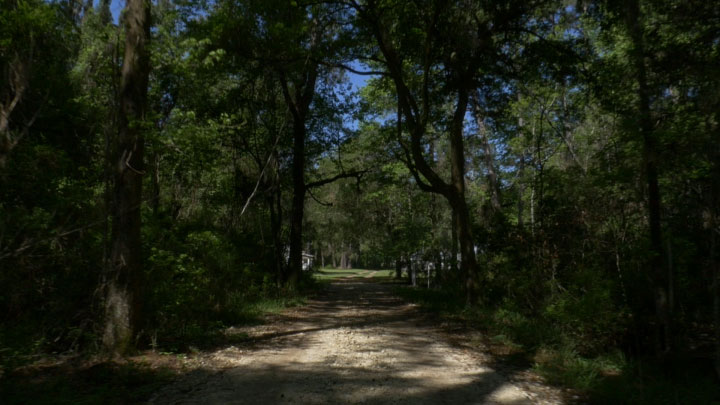
Friendfield Village

 McCants-McClary House
McCants-McClary House
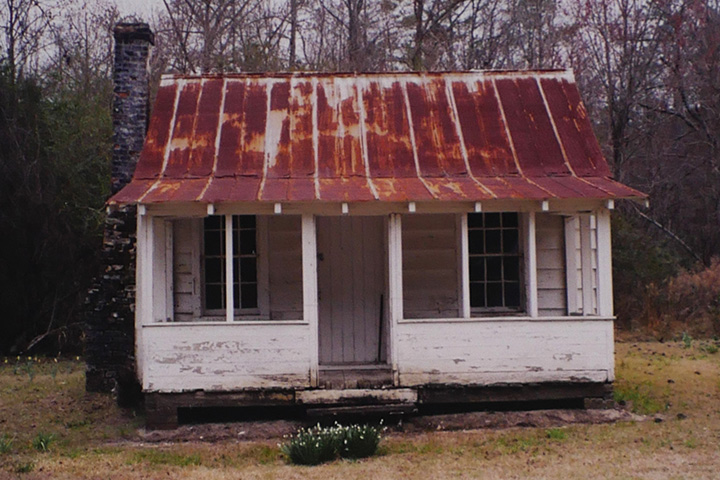
The McCants and McClary families lived here between 1860 and 1952. Former residents provide first hand accounts of African-American life in Friendfield Village.
 Logan House
Logan House
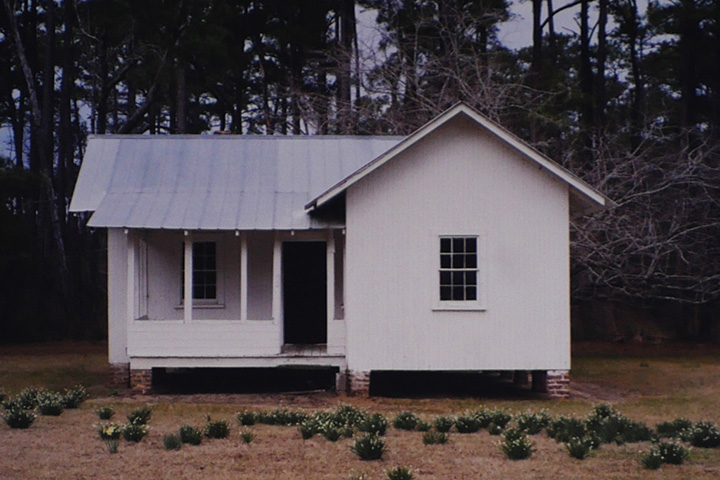
The former home of John and Ella Logan represents contemporary conservation and preservation efforts at Hobcaw Barony.
 Mocking’s House
Mocking’s House
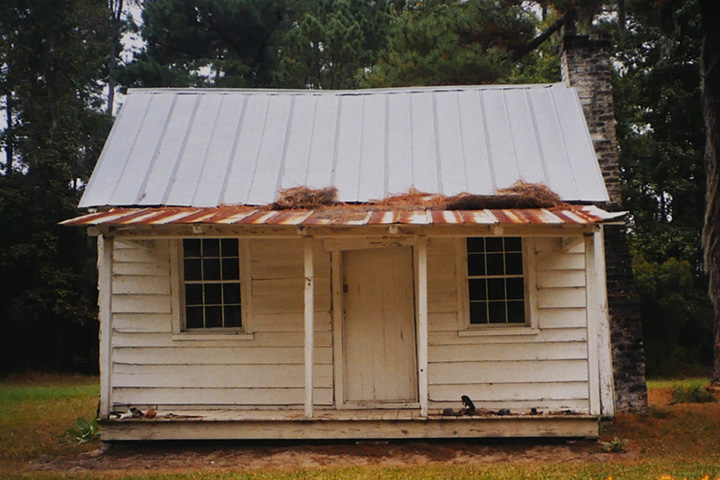
Built before 1860 and continually occupied until 1952, the former home of Myra “Mocking” White represents nearly a century of African-American history and culture at Friendfield Village.
 Friendfield Church
Friendfield Church

Built on the site of a small chapel or praise house sometime between 1890 and 1900, Friendfield Church was the center of worship and community for African-American residents of Hobcaw Barony.
 Jenkins House
Jenkins House

Moses Jenkins, a son of former slaves and the first pastor of Friendfield Church, lived in the village between 1890 and 1935. Reverend Jenkins and his successors preached the gospel and were leaders in the community.
 Dispensary
Dispensary
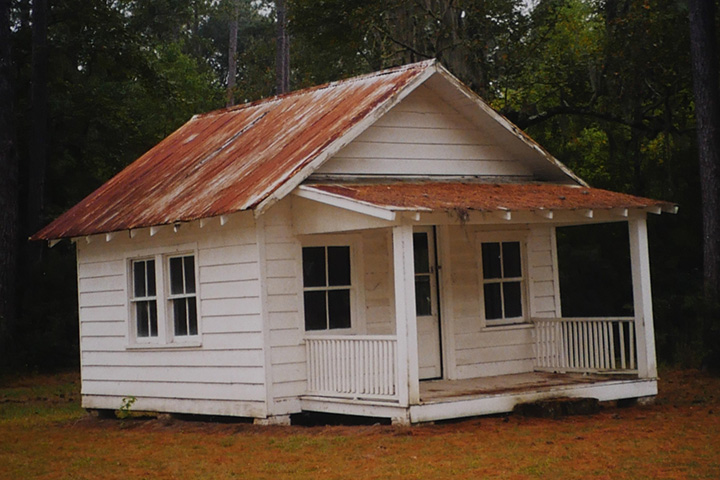
Originally built in 1915 as a school for the children of Baruch’s white employees, the dispensary was moved from Bellefield to its present location in 1935 and converted to a doctor’s office.
 Carr House
Carr House

Laura Carr, a formerly enslaved field hand who also served as the root doctor and midwife for Friendfield Village, lived in this house from 1868-1935.
 Plantation Legacy
Plantation Legacy

Hobcaw Barony is made up of eleven former rice plantations, part of South Carolina’s Lowcountry “Rice Kingdom." Thousands of enslaved Africans toiled on these plantations, carving rice fields from cypress swamps and managing the ebb and flow of tidal rivers to produce the crop that made fortunes for their masters. In 1840 Friendfield Village had as many as twenty dwellings.
Although most of the structures here today were built after emancipation, this small group of houses without running water or indoor plumbing, lining a sandy road, is typical of African-American plantation communities of the Waccamaw Neck. Friendfield Village is the largest and most well preserved slave village on Hobcaw Barony. For today's visitors, it provides a window into the lives of the people who lived and labored on the rice plantations during slavery, and those who stayed on after slavery was abolished.
Photograph of Friendfield Church, c. 1944. Courtesy of the Library of Congress.
 Garden
Garden

Gardens in Friendfield and other African-American villages on Hobcaw Barony were surrounded by wattle fences. Rather than being corralled in pens, farm animals roamed freely, and fences kept them out of the gardens. Wattle fences are among the oldest and most universal forms of construction, found around the world from Africa to Europe and the Americas. In the antebellum South, these fences became an integral part of the landscape, and the job of building them often fell to enslaved people. Those they built for their masters might have used new wooden planks, whereas the fences they built for their own use were more likely constructed from available materials such as fallen tree branches.
Photograph of Wattle Fence by SCETV


 View Map
View Map
